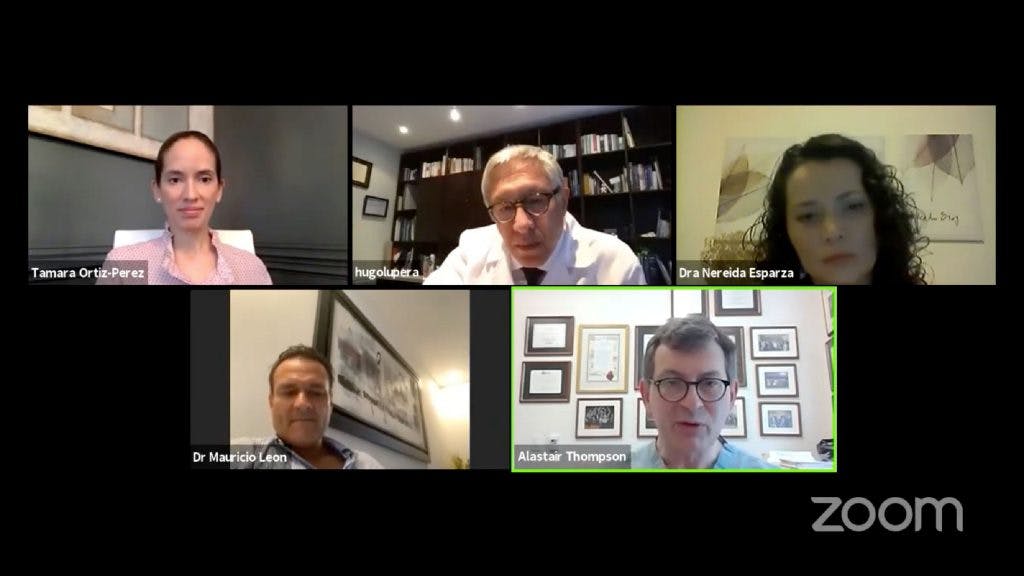What impact does neoadjuvant chemotherapy have on the axilla? Prof. Alastair Thompson shares his expert advice

Neoadjuvant chemotherapy (NAC) has transformed how surgeons treat breast cancer, with modern treatments now potent enough to remove almost half of all HER2-positive cancers from the breast before surgery. But, is this potency echoed in the axillary lymph nodes? And if so, how can it be observed?
Last week, Baylor College of Medicine brought together physicians from around the world to explore this question, in a highly informative webinar led by leading surgeon, Professor Alastair Thompson.
Over the course of the hour-long session, he explained how the Magseed® marker and Magtrace® lymphatic tracer are helping him and his team to see the impact of NAC on the axilla.
Knowing our nodes
According to Professor Thompson, as many as 40% of his patients go from node positive to negative after NAC. It’s a huge group of patients. Yet, there’s never been a way to accurately see “what’s going on” in the axilla to know who has had this response. The impact of NAC on the nodes has remained invisible.
Many people over the years have tried to address this problem, but their efforts have been marred by high false negative rates. In a meta-analysis by Headon et al (2016) of 19 different studies and 3,398 patients, the false negative rate was 13%.
“A pooled analysis really confirmed that the false negative rate in that meta-analysis of 13% was too high. This really wasn’t an approach that was going to work. And so, we needed to think a bit differently”Professor Alastair Thompson Baylor College of Medicine
Assessing the axilla more accurately
Then, as Dr. Thompson put it, “along came a new technique” – Targeted Axillary Dissection (TAD). The first step in TAD involves placing a marker inside the original positive node. After NAC, surgeons can return to the marker and test to see the node is still cancer positive.
During the session, Dr. Thompson revealed that he’d been trained by Abigail Caudle, MD from the renowned MD Anderson center, herself a long-term user of the Magseed® marker, and an expert on the technique.
Using TAD, it was explained that Dr. Caudle’s has been able to test for cancer in the nodes, reducing her false negative rate to just 2%. Results like this finally indicate that it’s possible to see the impact of NAC on nodes.
Performing the sentinel lymph node biopsy
To conclude, Professor Thompson shared his thoughts on the options available for performing a sentinel lymph node biopsy.
“Blue dye is readily available, whichever blue dye you choose to use. But in many places the technetium 99 radio label colloid is either not available or is so expensive that it's not really practical to use. I think the Magtrace has a number of advantages... it's quite practical, safe and just as effective as the blue dye and colloid"Professor Alastair Thompson Baylor College of Medicine
He explained that he has been using the Magtrace® lymphatic tracer, finding it “practical, very safe”, and “just as effective” as blue dye for this technique. To localize nodes, he has turned to the Magseed® marker, which he claimed his patients had found “quite comfortable” to have placed.
If you would like to learn more about how Professor Thompson and Baylor College of Medicine are measuring the impact of NAC and TAD, the whole session is now available to watch above or on YouTube.